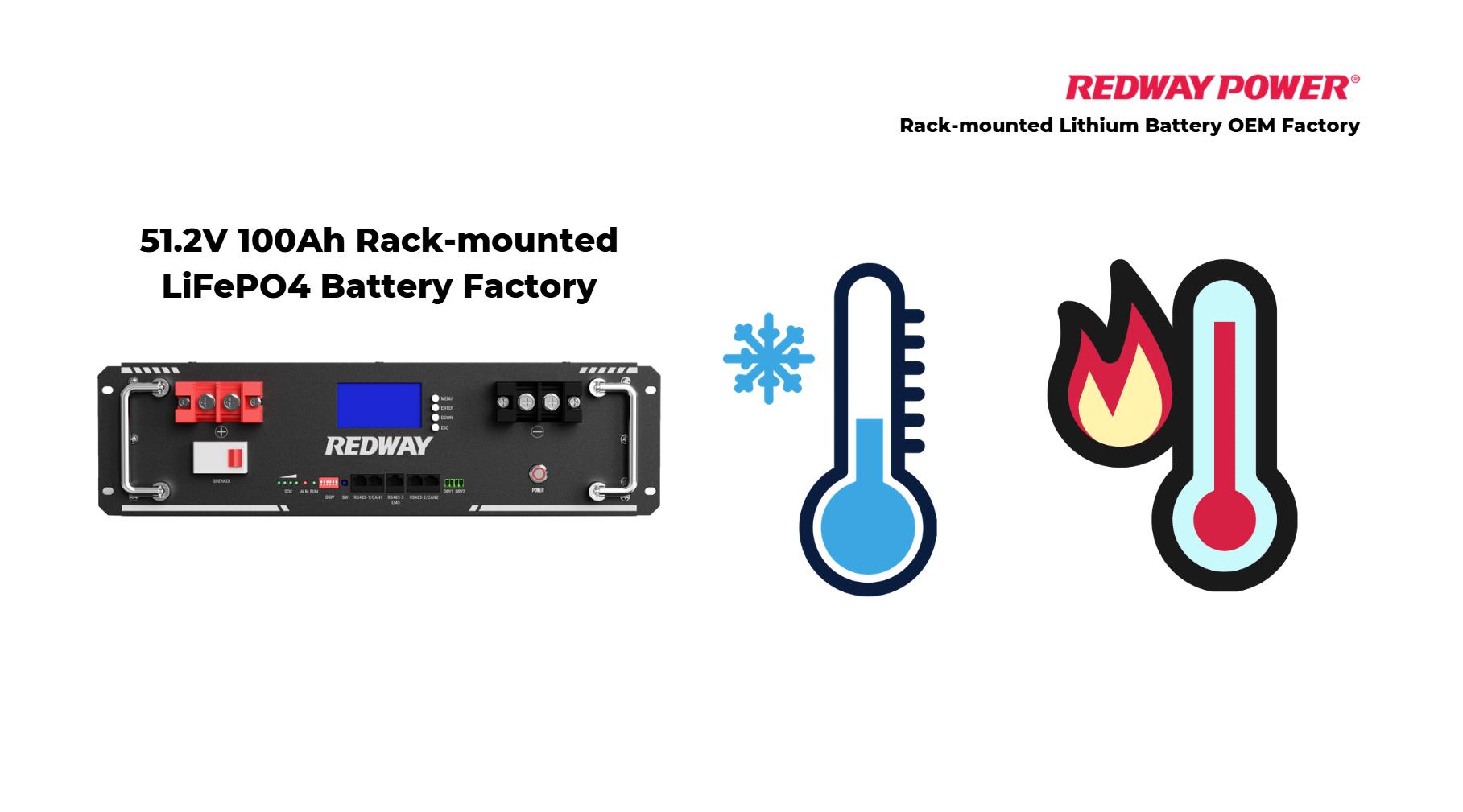Temperature significantly affects the performance of LiFePO4 batteries, with optimal operating conditions typically between 20°C and 30°C (68°F to 86°F). Deviations from this range can lead to reduced capacity, efficiency losses, and potential safety risks. Understanding these impacts is crucial for maximizing battery longevity and reliability.
What Is the Optimal Temperature Range for LiFePO4 Batteries?
LiFePO4 batteries perform best within an optimal temperature range of 20°C to 30°C (68°F to 86°F). Within this range, they can deliver their full rated capacity with minimal degradation over time. Operating outside this range can lead to diminished performance and increased wear.Chart: Optimal Operating Temperatures
| Condition | Recommended Range (°C) |
|---|---|
| Optimal Operation | 20°C to 30°C |
| Charging | 5°C to 45°C |
| Discharging | -20°C to 60°C |
How Do Low Temperatures Affect Performance?
At low temperatures, particularly below 0°C (32°F), LiFePO4 batteries experience reduced capacity and increased internal resistance. For instance, at -20°C (-4°F), a battery may only achieve about 60% of its rated capacity, resulting in slower discharge rates and diminished efficiency.Chart: Capacity Reduction at Low Temperatures
Wholesale lithium golf cart batteries with 10-year life? Check here.
| Temperature (°C) | Capacity (% of Rated) |
|---|---|
| 25 | 100% |
| 0 | ~80% |
| -20 | ~60% |
How Do High Temperatures Impact LiFePO4 Batteries?
Conversely, high temperatures can lead to increased self-discharge rates and potential safety hazards such as thermal runaway. While LiFePO4 batteries can operate up to 60°C (140°F), prolonged exposure above this threshold can significantly reduce cycle life and overall performance.Chart: Effects of High Temperatures
| Temperature (°C) | Effect |
|---|---|
| Up to 45 | Normal performance |
| Above 60 | Risk of thermal runaway |
Know More:
Want OEM lithium forklift batteries at wholesale prices? Check here.
How Do LiFePO4 Batteries Perform Under Various Load Conditions?
What Is the Cycle Life of Typical LiFePO4 Rack-Mounted Batteries?
How Does Temperature Affect the Performance of LiFePO4 Batteries?
What Are the Best Practices for Thermal Management?
To ensure optimal performance, it is essential to implement thermal management strategies such as proper ventilation, insulation during extreme weather conditions, and using battery heaters or coolers when necessary. Regular monitoring of battery temperature can also help prevent issues.Chart: Thermal Management Strategies
| Strategy | Description |
|---|---|
| Ventilation | Ensure adequate airflow |
| Insulation | Protect against extreme cold |
| Heating/Cooling Systems | Use heaters or coolers as needed |
How Does Temperature Influence Battery Longevity?
Temperature directly impacts battery longevity; consistent operation within optimal ranges can extend cycle life significantly. Conversely, frequent exposure to extreme temperatures can accelerate degradation, reducing overall lifespan.Chart: Impact of Temperature on Cycle Life
| Average Operating Temp (°C) | Estimated Cycle Life (Cycles) |
|---|---|
| 25 | ~6000 |
| Above 40 | ~3000 |
| Below 0 | ~2000 |
How Do Different Brands Address Temperature Sensitivity?
Different brands may utilize various materials and designs to mitigate temperature sensitivity in their LiFePO4 batteries. Some manufacturers incorporate advanced thermal management systems that enhance performance across a broader temperature range.Chart: Brand Comparison on Thermal Management
| Brand | Thermal Management Features |
|---|---|
| Brand A | Advanced BMS with cooling |
| Brand B | Insulation and heating options |
What Are the Safety Risks Associated with Extreme Temperatures?
Operating LiFePO4 batteries outside their recommended temperature ranges poses safety risks such as reduced capacity, increased self-discharge rates, and potential thermal runaway at high temperatures. Proper monitoring and adherence to guidelines are essential for safety.Chart: Safety Risks by Temperature
| Condition | Risk Level |
|---|---|
| High (>60°C) | High risk of thermal runaway |
| Low (<0°C) | Reduced capacity |
How Can Users Monitor Battery Temperature Effectively?
Users can monitor battery temperature using built-in sensors integrated into modern battery management systems (BMS). Additionally, external temperature monitoring devices can provide real-time data, allowing users to take preventive measures when necessary.Chart: Monitoring Methods
| Method | Description |
|---|---|
| Built-in BMS | Real-time temperature alerts |
| External Sensors | Additional monitoring options |
Conclusion
Temperature plays a critical role in determining the performance and longevity of LiFePO4 batteries. By understanding how both low and high temperatures affect battery behavior, users can implement effective strategies for thermal management that enhance battery life and ensure reliable operation across various applications.
Expert Views
“Temperature management is vital when using LiFePO4 batteries,” states an expert from Redway. “By adhering to recommended operating conditions and utilizing effective monitoring systems, users can significantly enhance both performance and safety.”
FAQ Section
- What is the optimal operating temperature for LiFePO4 batteries?
The optimal operating temperature range is between 20°C and 30°C (68°F to 86°F). - How do low temperatures affect battery capacity?
At low temperatures, especially below freezing, capacity can drop significantly—down to about 60% at -20°C (-4°F). - What should I do if my battery is exposed to extreme temperatures?
Implement thermal management strategies such as insulation or cooling systems and regularly monitor battery temperature.






